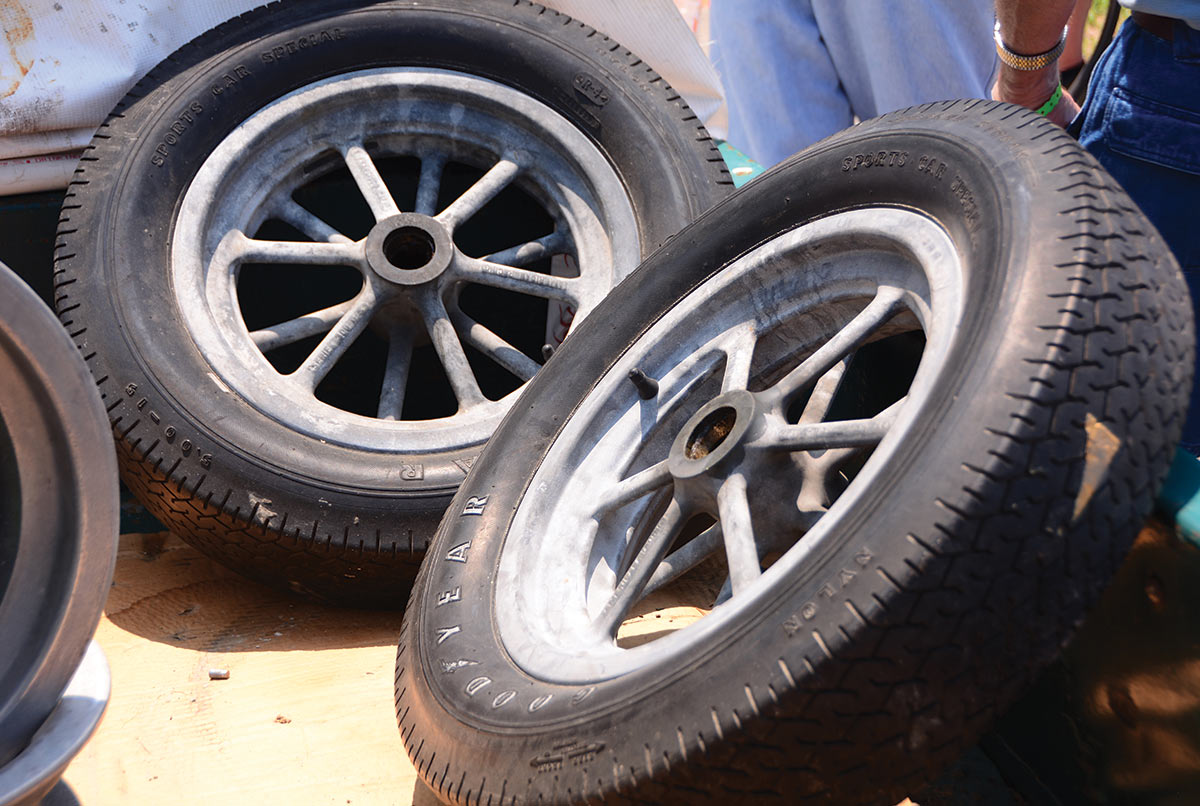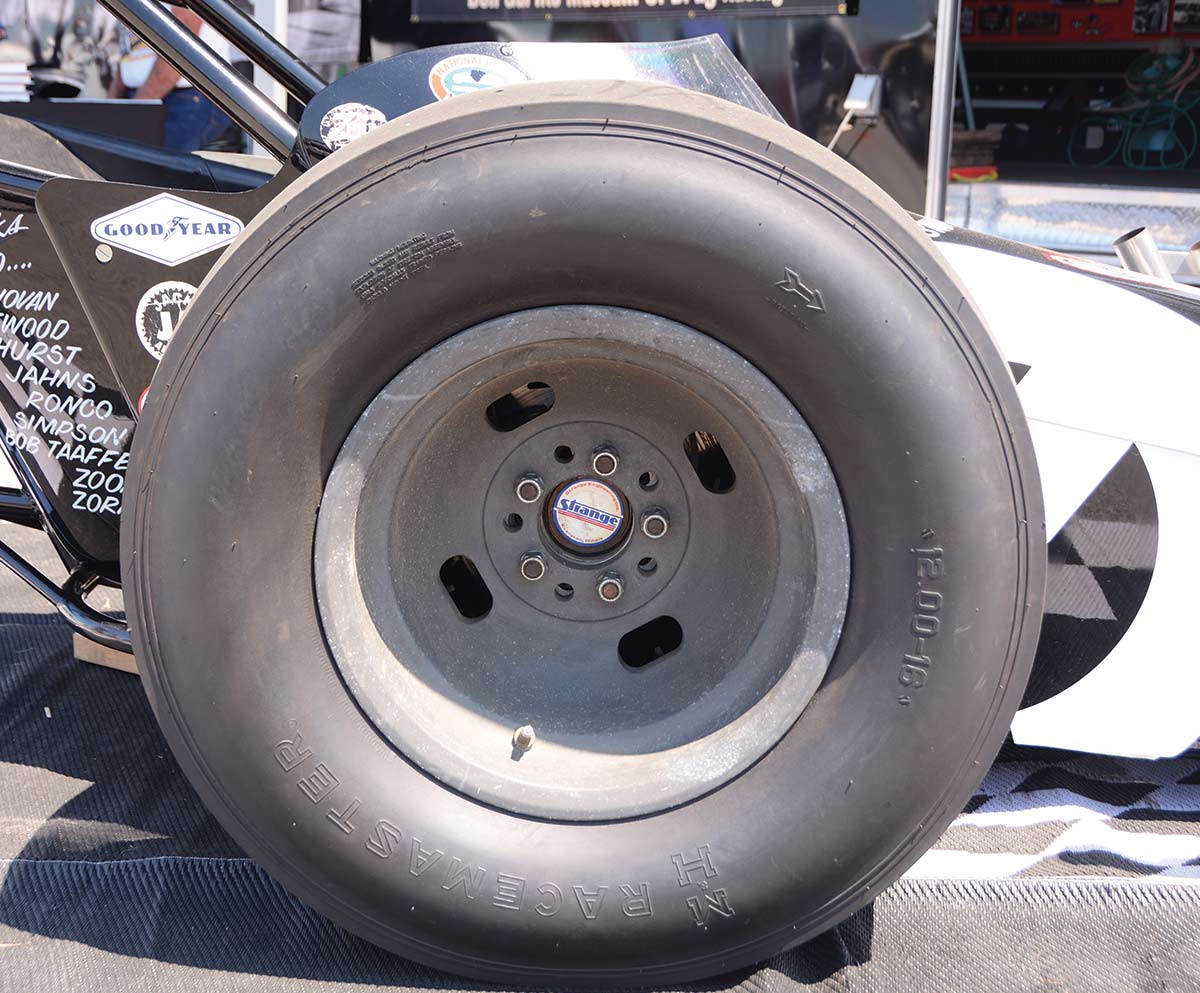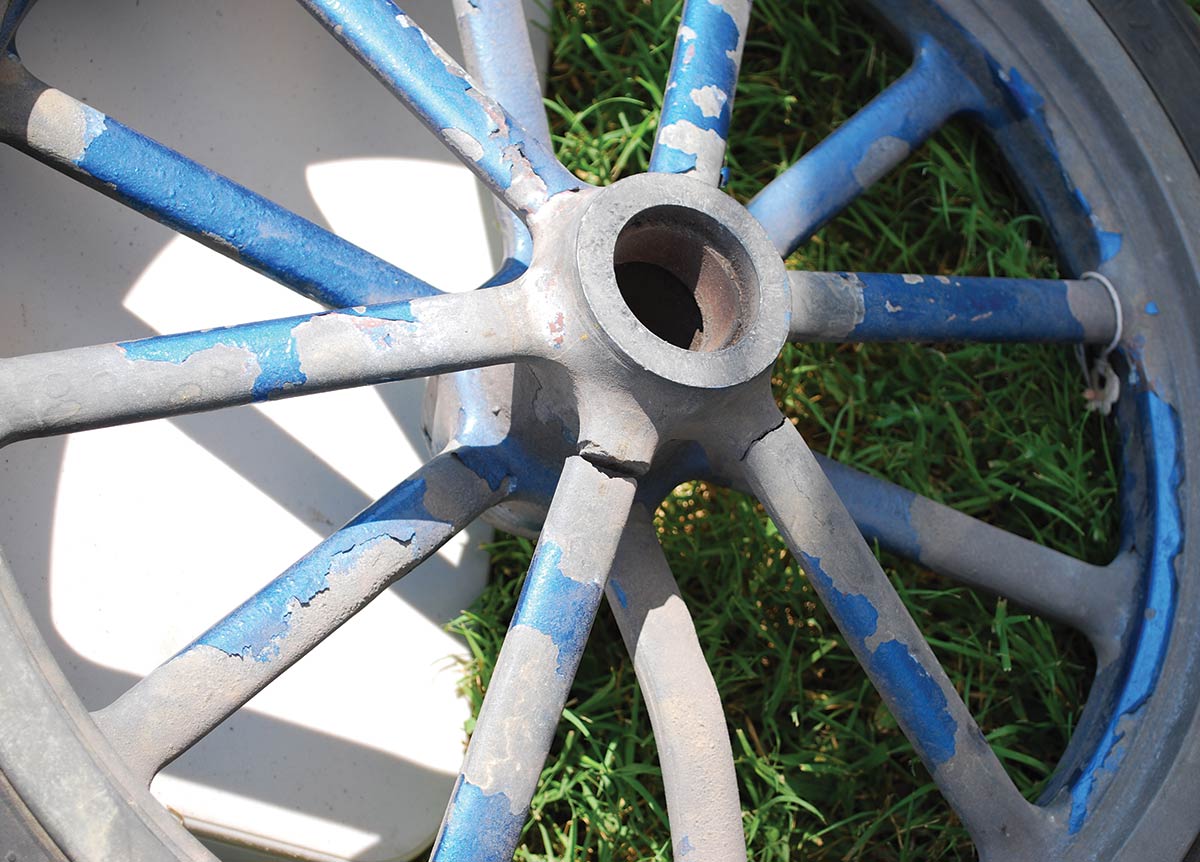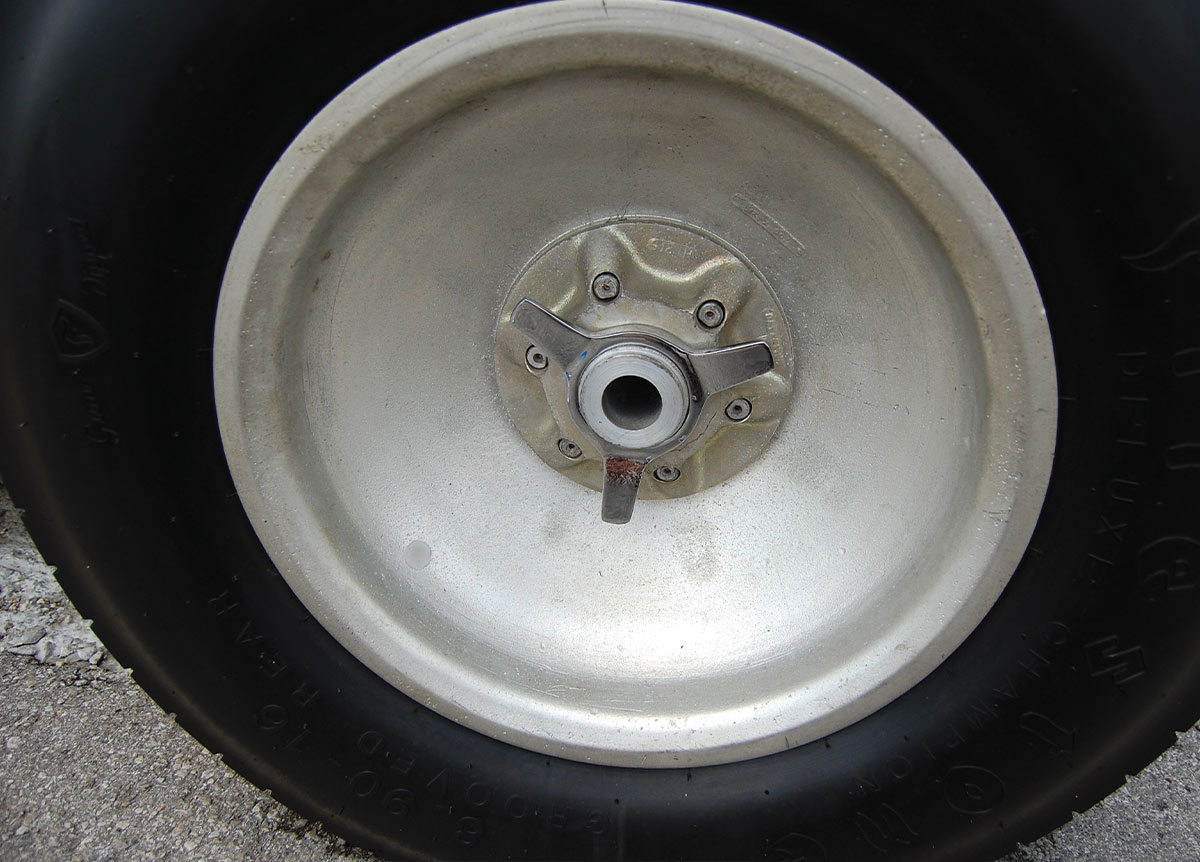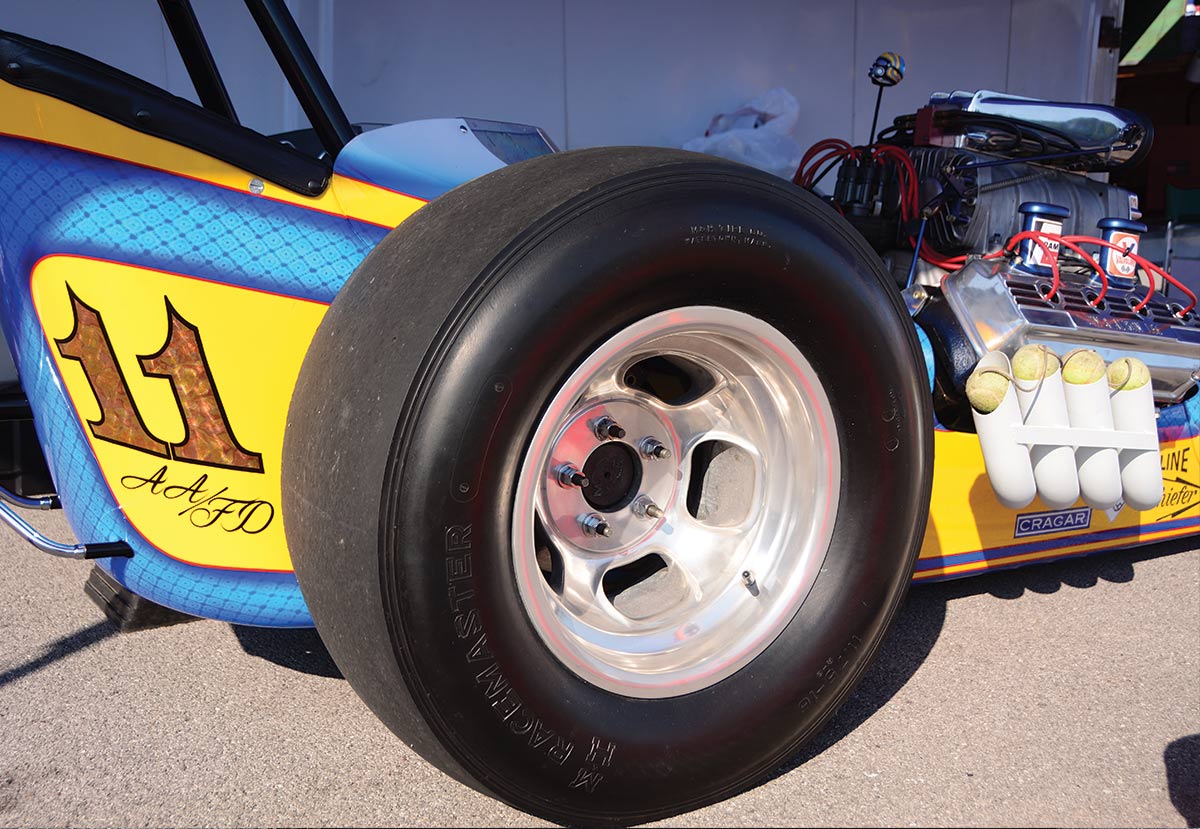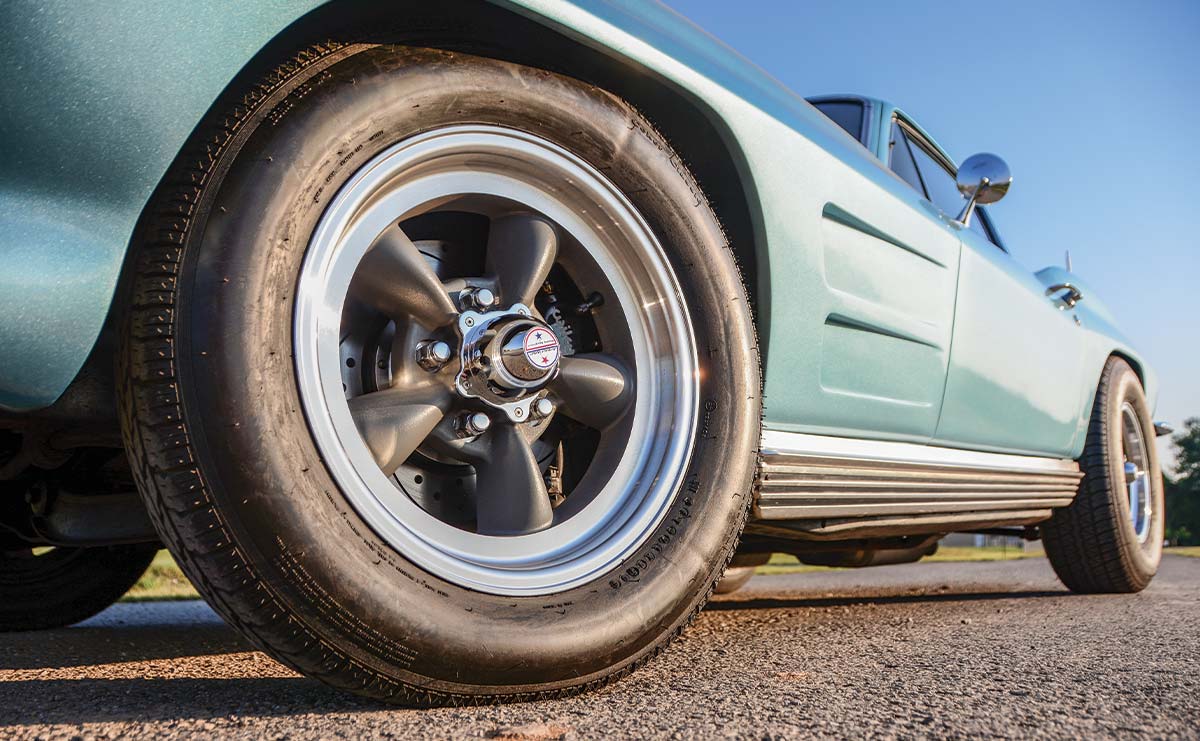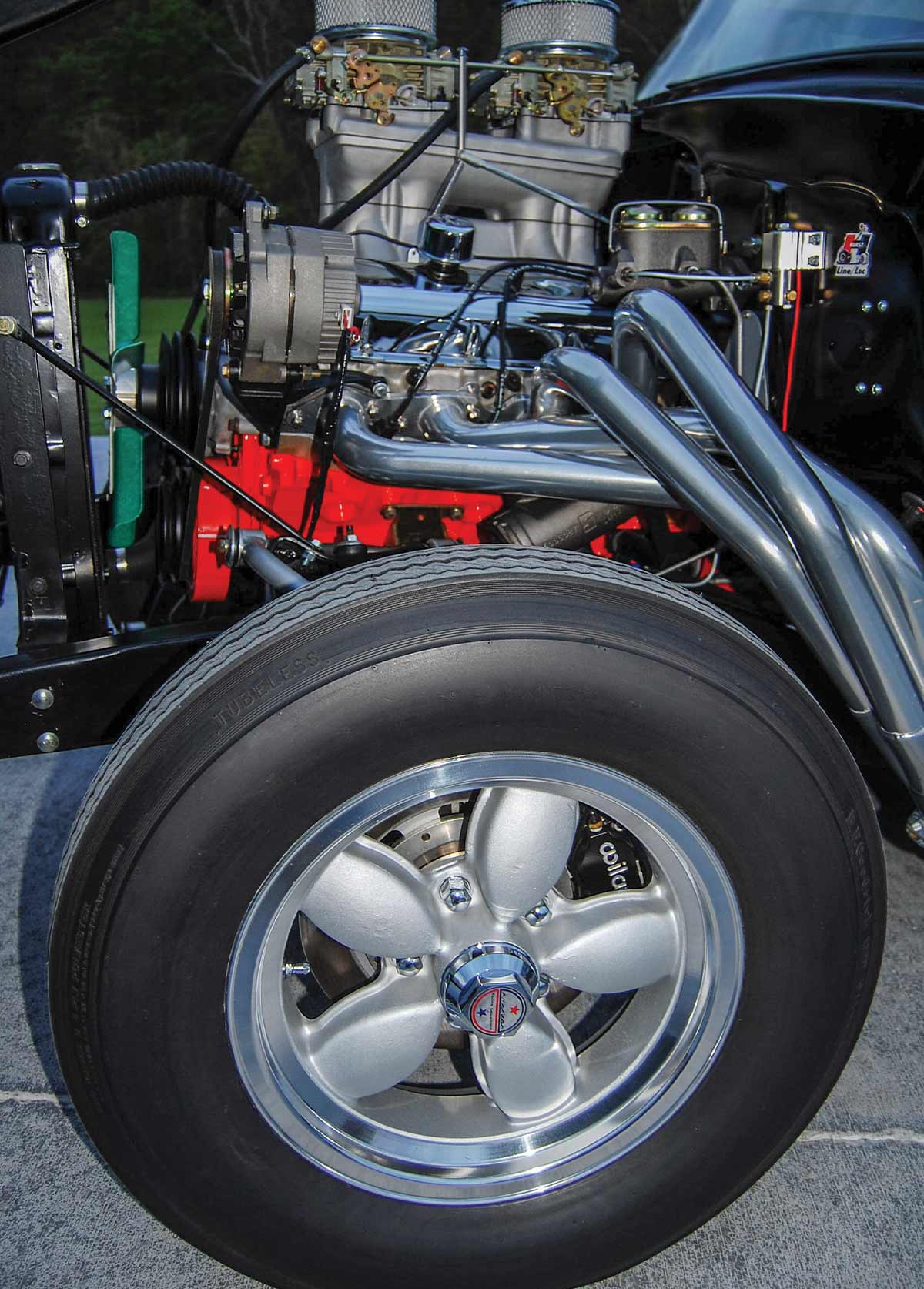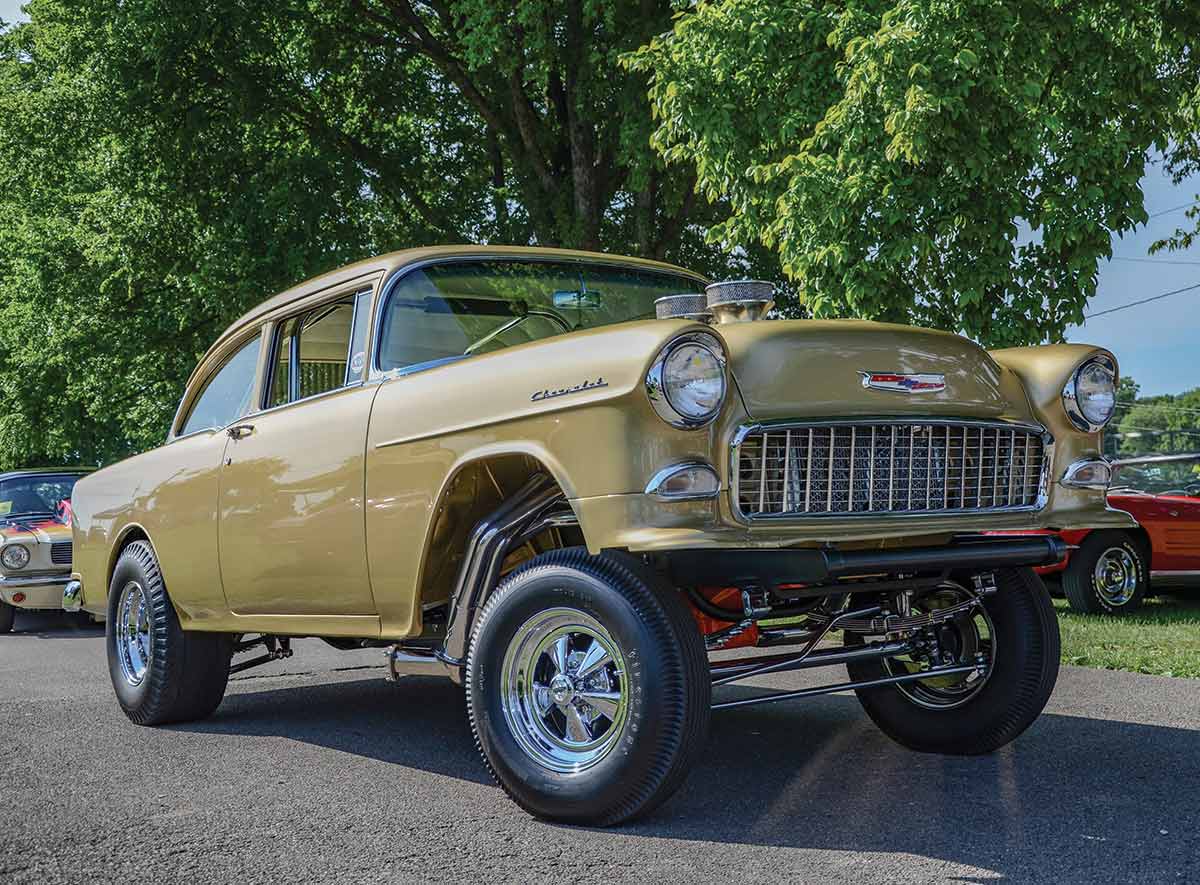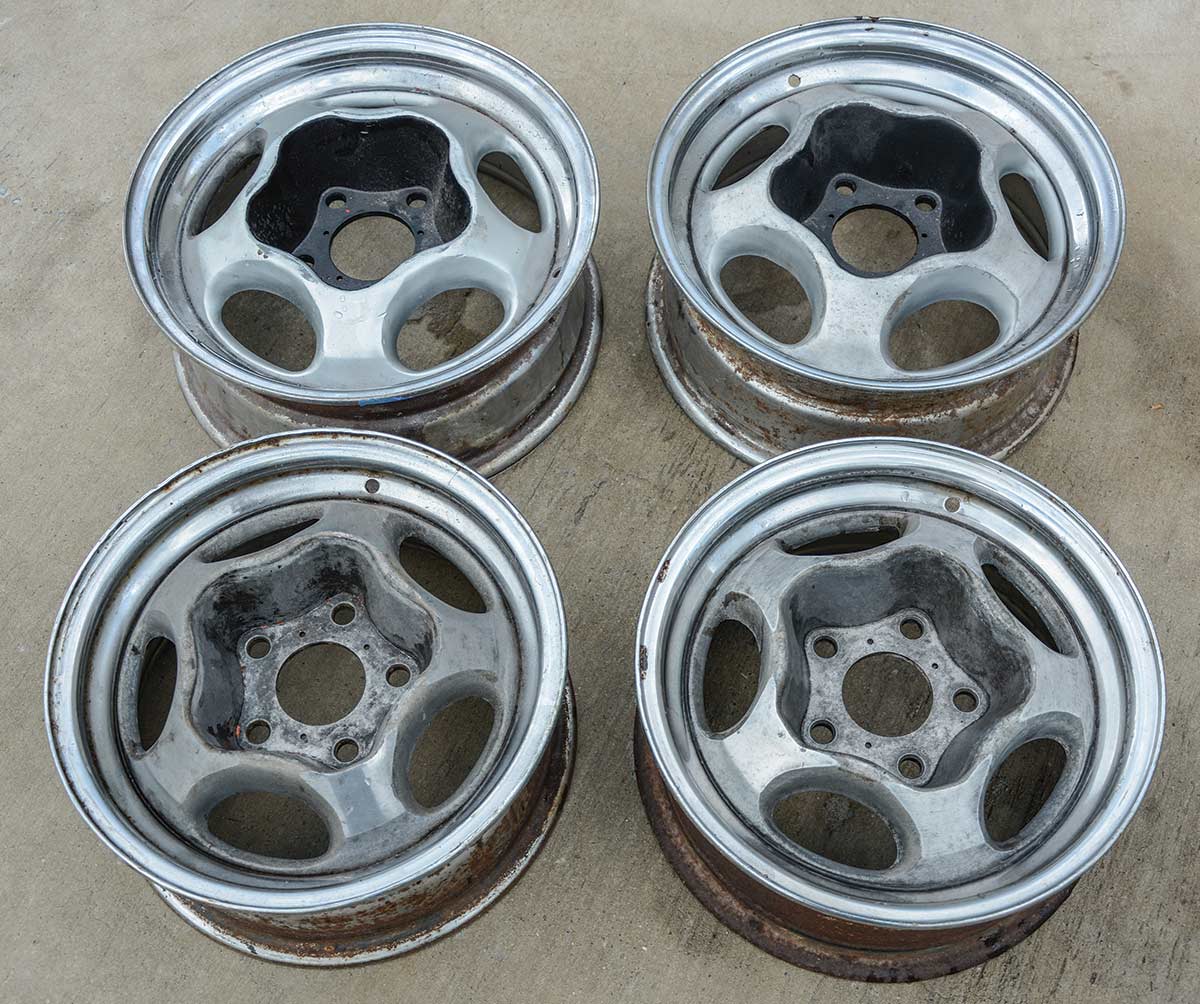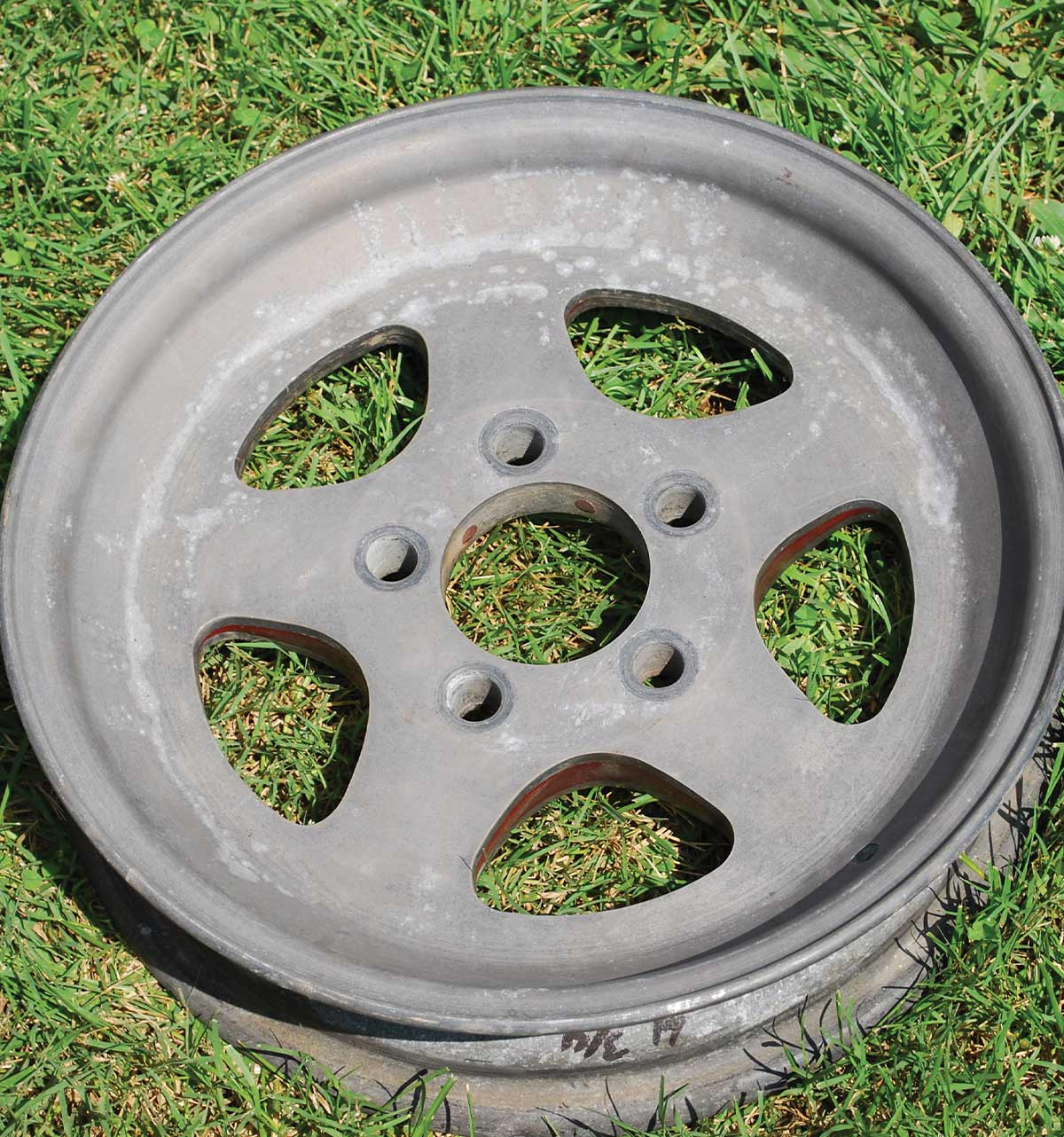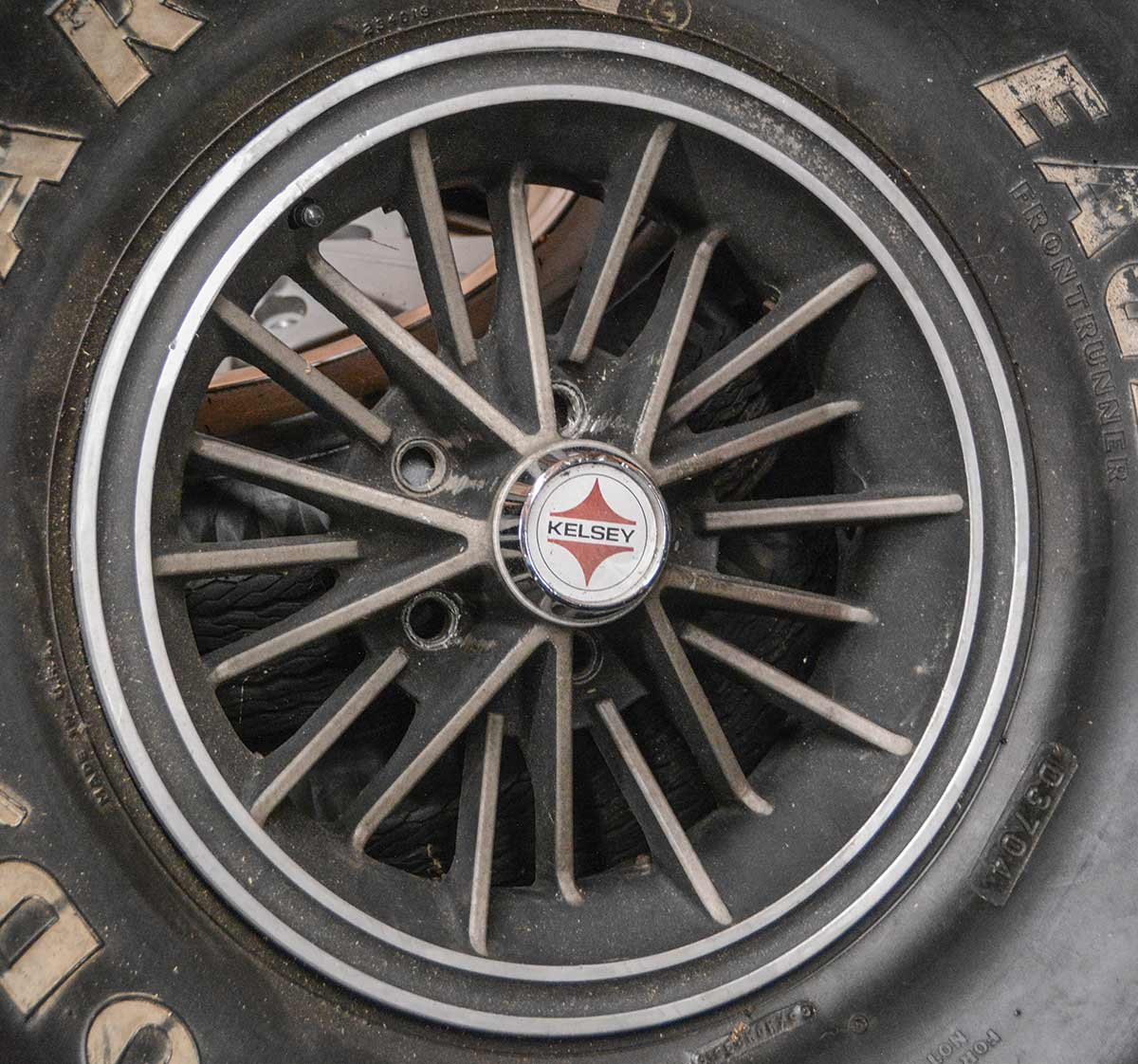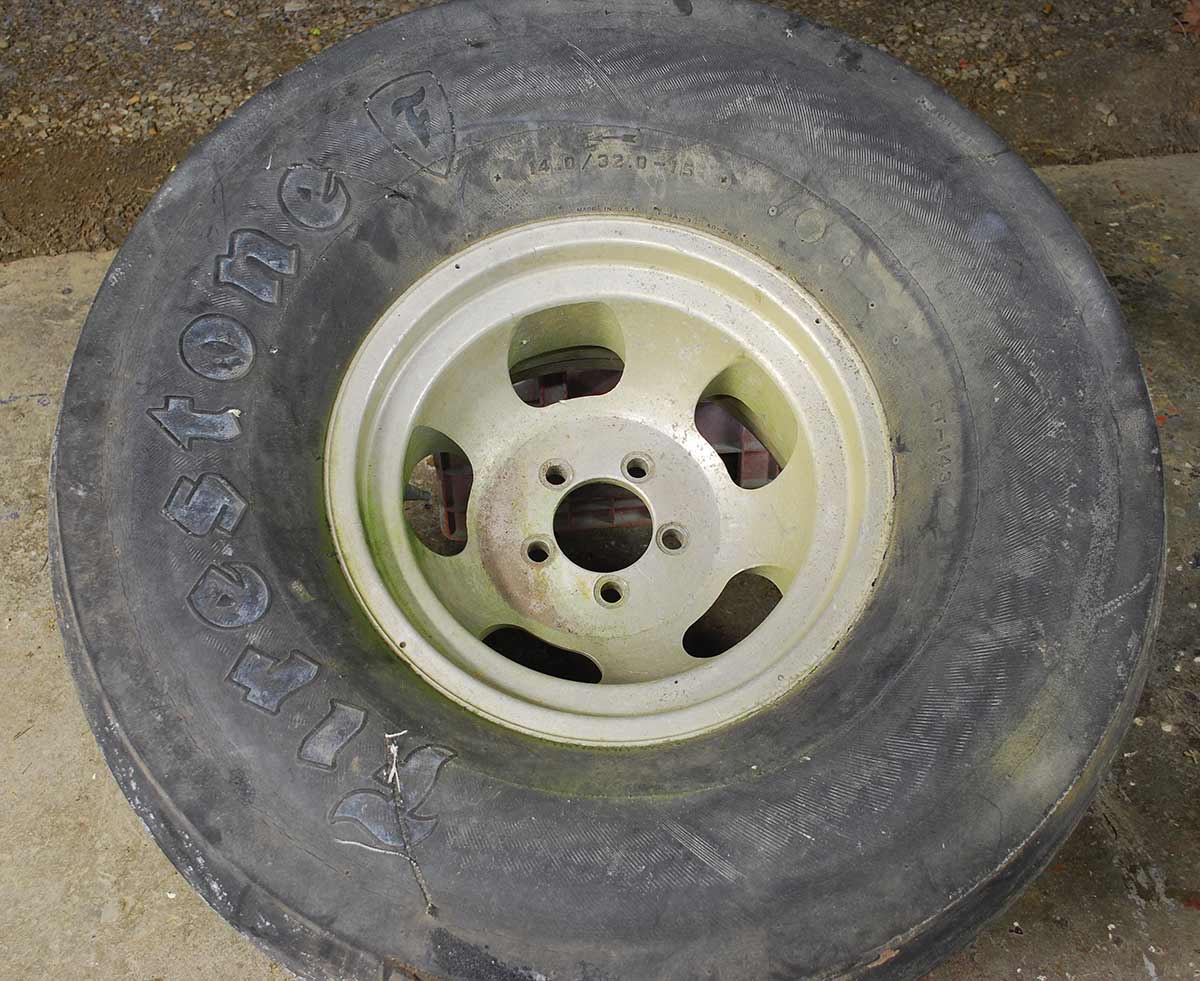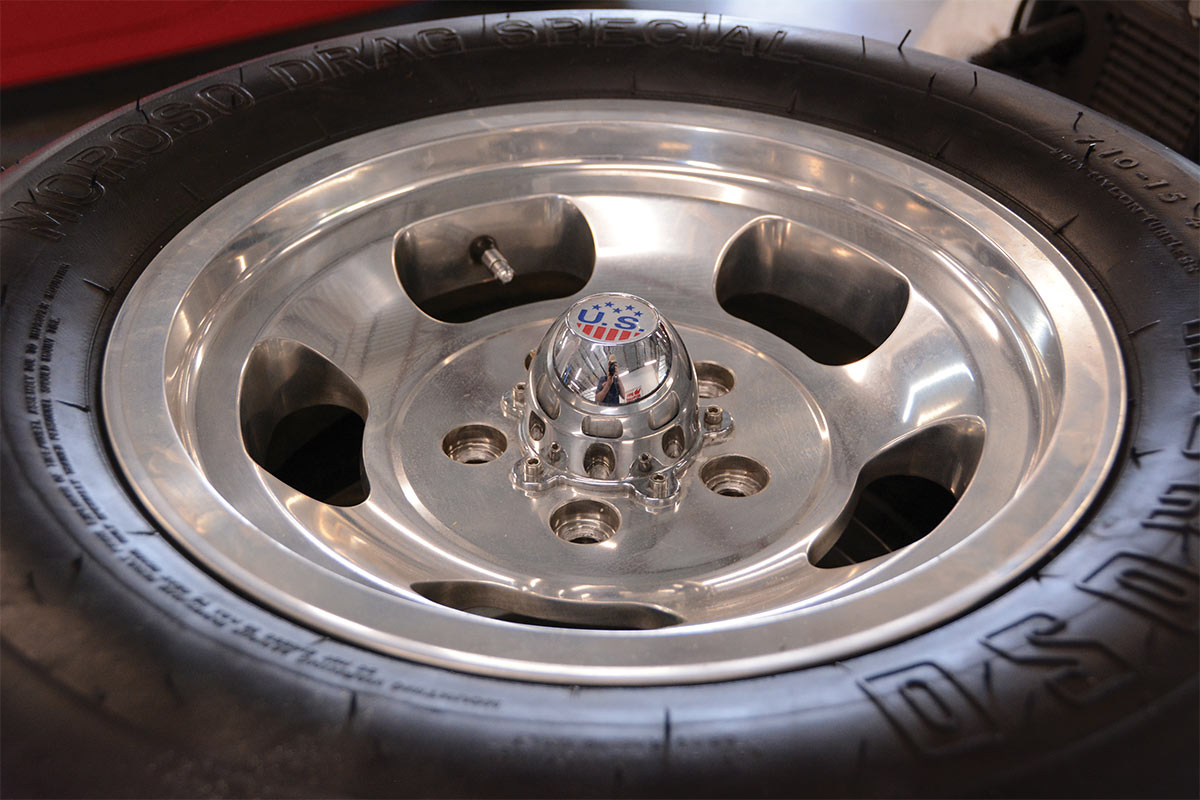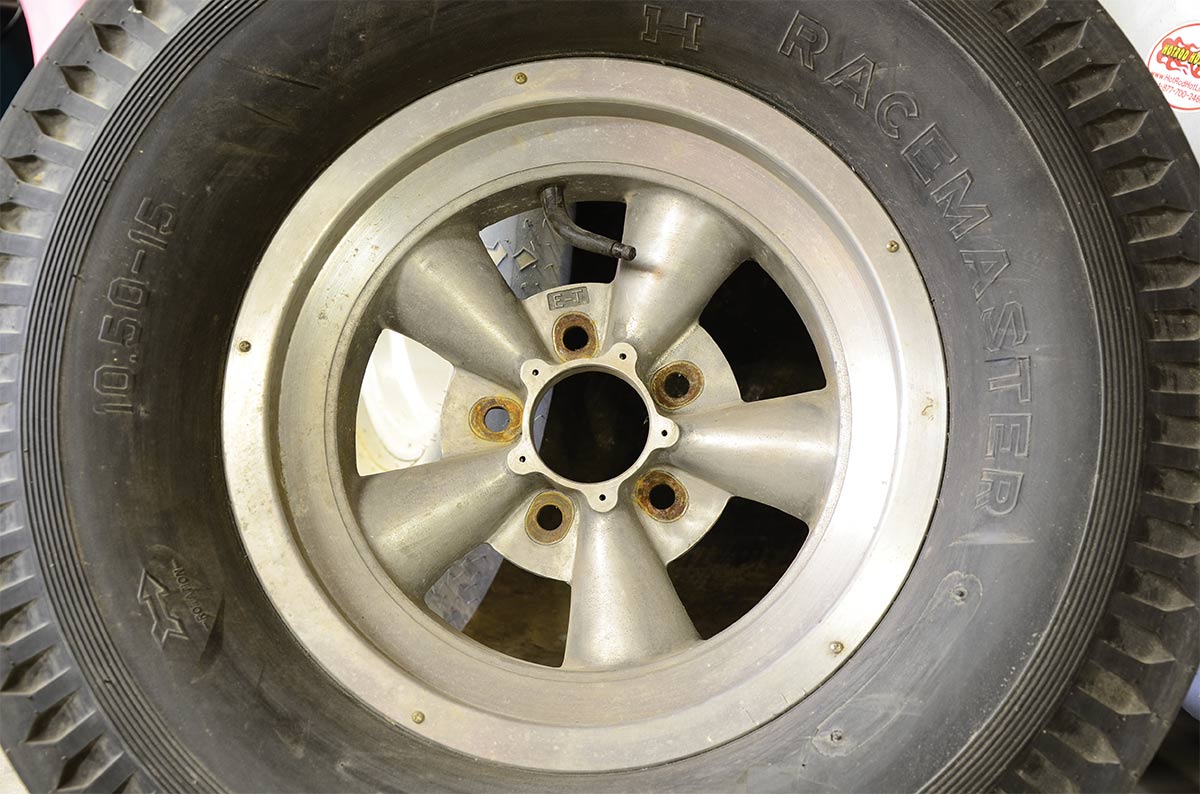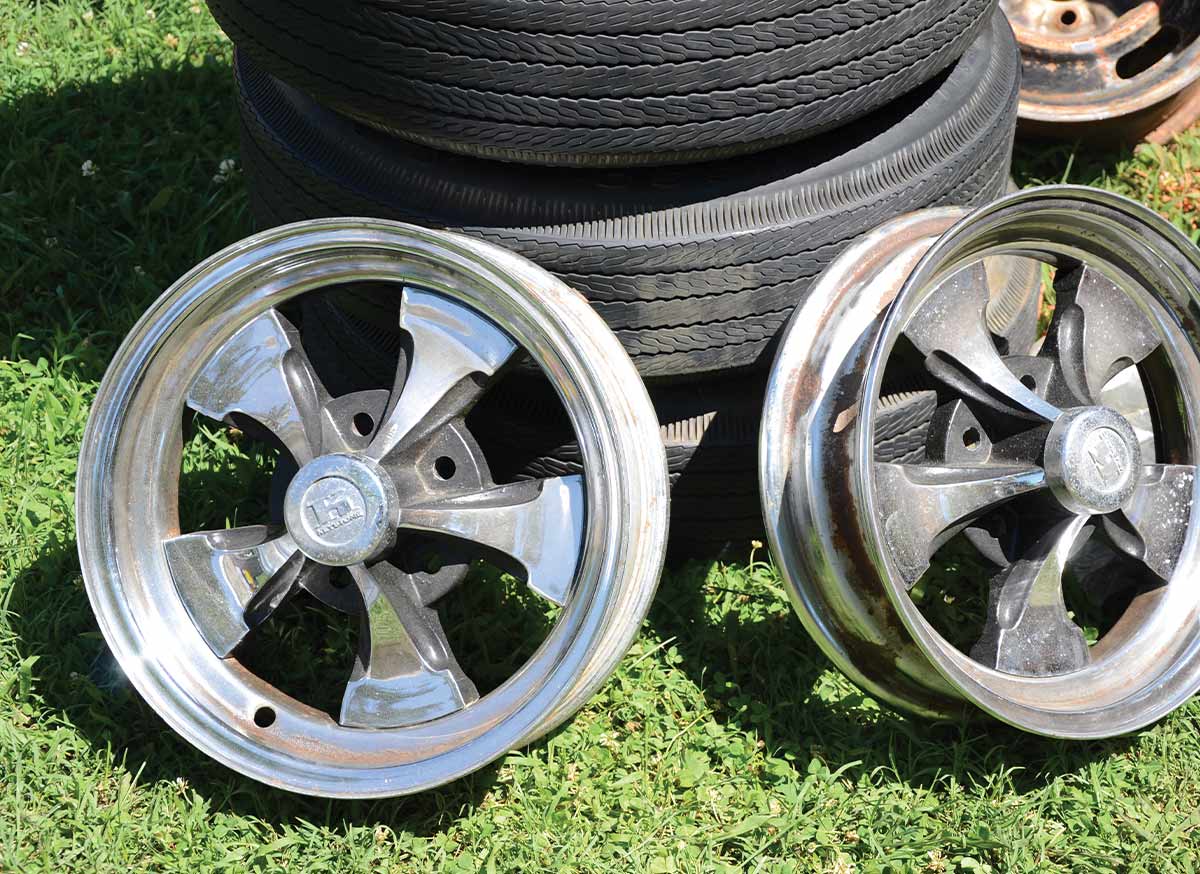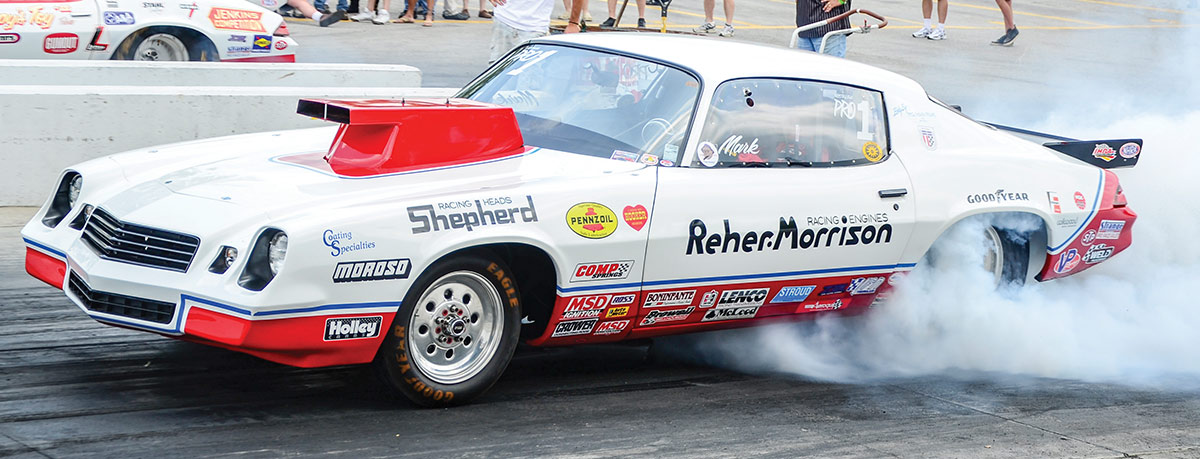 Tech
Tech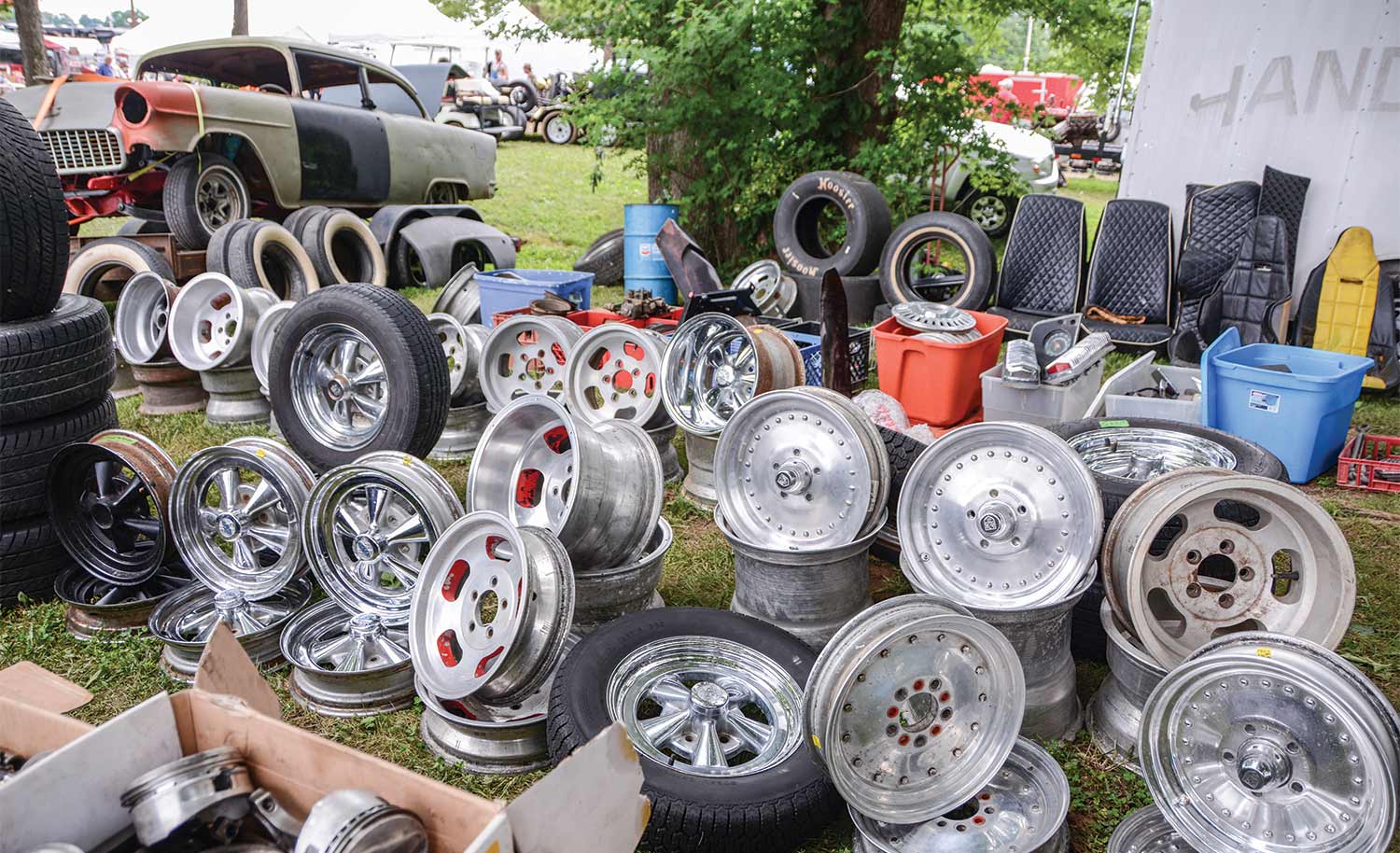
 TEXT & PHOTOS BY Tommy Lee Byrd
TEXT & PHOTOS BY Tommy Lee Byrdne of the easiest and earliest methods of automotive personalization comes in the form of tires and wheels. Aftermarket rolling stock originally offered a combination of upgraded strength, convenience, and appearance. The custom wheel industry kicked off in the racing world, but by the late ’60s, aftermarket wheels were commonly used as an upgrade for regular street cars. You could buy them through many mail-order companies, such as JC Whitney, or you could even buy them through major retailers, such as Sears, JCPenney, and more. As aftermarket wheels became more affordable, everything from Corvairs to Corvettes had many options for custom fitments. Dozens of brands gave customers a wide range of styles, finishes, and sizes to fit their needs.
We could write a book about the history of the aftermarket wheel and the major players in the industry, but the purpose of this article is to educate you on the various types of wheels that you may stumble across at a swap meet. While you may be fortunate enough to find some cool Halibrand wheels, or magnesium American’s at a swap meet, you’ll likely be met with a gigantic price tag. These wheels are like gold to old-school drag racers and hot rodders. You may also find that front runners (wheels that measure 3 to 5 inches in width) bring more than the more common 6-, 7- and 8-inch-wide sizes. It’s easy to get a little too excited by the high prices on eBay or at swap meets, so control your spending habits and do your homework before you unload a bunch of cash on a set of wheels.
There are lots of important factors to remember when searching a swap meet for vintage wheels. The obvious things, like size and bolt pattern, can be checked with a pocket-sized tape measure, so don’t leave home without one. Always check the condition of the wheel thoroughly, but understand that you’re taking a gamble when buying vintage wheels. There could be hidden damage, such as bends or cracks in the material. You’re dealing with fatigued metals that could be upwards of 60 years old, so be prepared for potential heartache if your wheels end up as garage decoration. On the bright side, the perfect set of legit vintage wheels can take your old-school muscle car to the next level. Let’s dig into the fun of scrounging around at a swap meet, and take a look at some great vintage wheels that may be awesome additions to your project car or parts collection.

